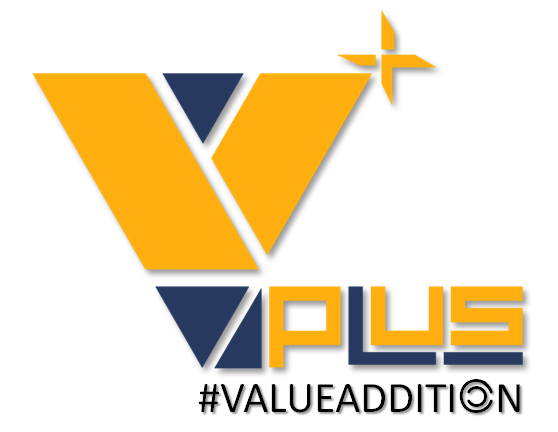Most new businesses fail. But most of those failures would have been preventable if the Lean Startup methodology had been followed. In this post, we will discuss the build-measure-learn loop from “The Lean Startup” book written by Eric Ries.
Introduction
The Build-Measure-Learn cycle is a feedback loop that is said to be one of the core components of the Lean Startup methodology. Its goal is to turn uncertainties, assumptions and risks into knowledge or “sure things” that will eventually guide organizations and business towards progress. Through this process, the key unknowns can actually be transformed into knowledge that the startup can use in its product development – and business operations, as a whole. This whole process can also be called an experiment.
In order to understand how the Build-Measure-Learn cycle works, let us first take a look at its components.
Phases of the Build-Measure-Learn Cycle

There are three phases to this loop: Build, Measure, and Learn. However, it does not have to be strictly in that order. It is, after all, a cycle. In the book entitled “The Lean Startup”, Eric Ries said that, although the startup’s activities happen in the build, measure, and learn order, planning actually works the other way around.
In short, the startup will have to realize what it needs to learn, and then figure out what needs to be measured through the use of innovation accounting. This will eventually reveal whether the startup has gained validated learning or not. Finally, it will then figure out what product must be built.
Let us go through the phases of this loop. Before you can start, however, there is a need to “frame” the experiment. This is where you will identify what problem needs to be solved, and how you will run the whole experiment. This entails gathering data and detailing the background of the experiment, formulating a hypothesis and considering the variables of the environment. From there, you can now start with the feedback loop.
Phase #1. BUILD
In this phase, the startup’s goal is to build or develop its MVP – “minimum viable product”, or the bare minimum product that can be built for the purpose of testing a number of assumptions, or the hypothesis formulated – as quickly as possible. Before it can do that, however, the startup must first figure out what the problem that needs solving is.
- Design the experiment. First, you have to build out the details of the experiment and figure out how everything will fit and mesh together. For this, you must have a solid and reliable method of collecting data, meaning the data gathered must be reliable and actionable.
- Build the experiment. In this stage, think simple and small. Many startups tend to go big and complicated on the get-go, and they end up being overwhelmed and unable to handle it. It would be better to build the smallest possible increment that will still be enough for you to use to validate or reject the hypothesis you have made previously.
- Run the experiment. This is where you will collect the data. The most common methods include conducting interviews or distributing questionnaires. In some instances, others may come out with prototypes for testing.
Among the activities that Eric Ries identified as part of the Build phase includes conducting unit tests, usability tests, refactoring, and cloud computing.
Phase #2: MEASURE
In this second phase, the startup must then determine whether real progress is being made or not, and this involves measuring the results obtained from the experiment performed during the BUILD phase.
- Data analysis. Analyze the data obtained from the experiment. What happened? What are the implications of the data to your hypothesis? Make a comparison on what you hypothesized to what actually happene
- Data organization. Organize your data in a way that will make it easily understood, and for the whole scenario to be easily comprehended by whoever listens to it.
- Data Presentation. Make your presentation of the data as compelling as possible. You want the members of the organization or the company to be engaged, so make sure you present it in a way that will truly grab their attention and hook them.
In order to speed up measuring, Eric Ries suggested conducting activities such as split tests, real-time monitoring, funnel analysis, cohort analysis and search engine marketing, to name a few.
Phase #3: LEARN
This is where the startup will have to make a decision based on the measurements accumulated: should it “persevere”, or should it “pivot”? Persevere, in this context, means carrying on with the same goals, while pivot entails changing or shifting some, or all, of the aspects of the product strategy. Afterward, you would have to document your findings and share them.
The questions that are to be asked in this phase include looking into the knowledge that has been obtained. How should that knowledge be preserved?
More importantly, what are the next steps that should be taken by the startup?
Ries cited several activities for this phase including, but not limited to, conducting customer interviews, split tests, customer deployment, and smoke tests.
Interested in know more about, write us at [email protected] or visit www.vPlus.co.in

Useful infomation
Nice
Keep going